TL18MIT
Latest

MIT researchers create a robot houseplant that moves on its own
Despite our best intentions, keeping a houseplant alive can be a struggle for a lot of us. But that vague wave of sadness you feel when you end up unceremoniously dumping your potted pal in the bin is about to reach a new and slightly disturbing level, as researchers from MIT have found a way to use robotics to tap into plants' human-like characteristics.
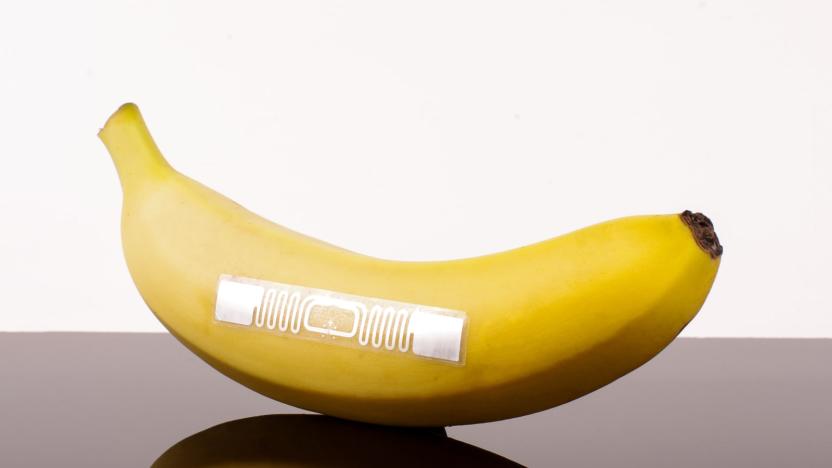
Everyday RFID tags could help spot food contamination
You might not need special sensors or old-fashioned inspections to tell whether food has gone bad. If MIT has its way, the tags you already find on your food might do the job. Its researchers have developed a wireless system, RFIQ, that detects potential food contamination based on minute changes in the signals emanating from the RFID tags you often see on containers. As different materials absorb different amounts of the tags' electromagnetic frequencies, you can use a reader to spot changes in response signals and identify food contamination. If a foodstuff dries out, for instance, you'd notice a different signal than when it was still moist.
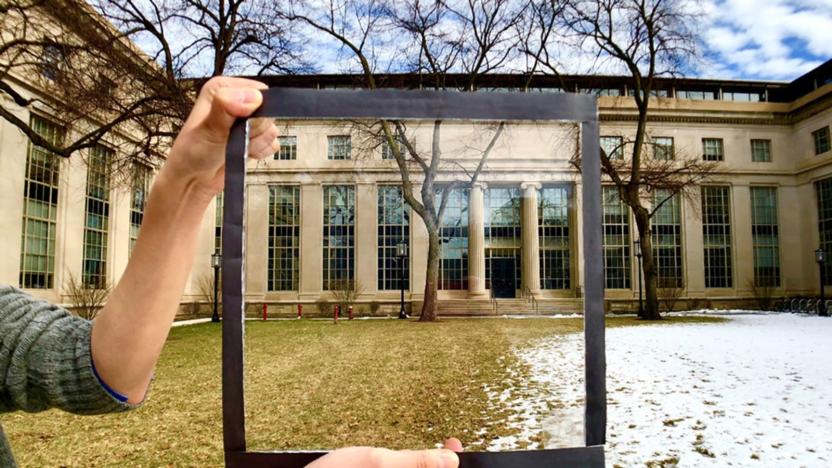
Heat-rejecting film could reduce air conditioning costs
Climate change can be a vicious cycle when folks crank up the air conditioning during heat waves and add even more CO2 to the atmosphere. Scientists from MIT and the University of Hong Kong have developed a new type of window coating that could curb that trend. It remains highly transparent up to 89 degrees F (32 degrees Celsius), but beyond that, it becomes translucent like frosted glass. As a result, it reflects back up to 70 percent of the sun's incoming heat, reducing interior temperatures and the load on your air conditioner.
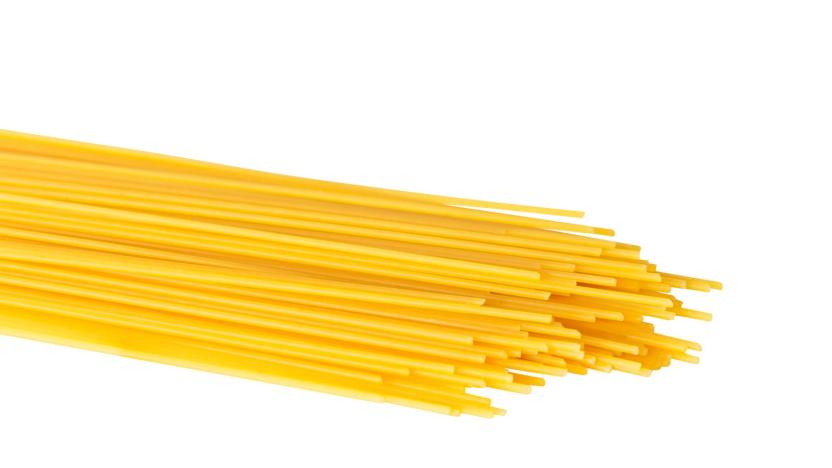
MIT leads the way in spaghetti-based innovation
Breaking dry spaghetti noodles into precisely two parts might seem impossible, but scientists at MIT have done exactly that. In a paper published in the Proceedings of the National Academy of Sciences, researchers report how they twisted the noodles first, then bent them, to produce two halves instead of the usual shattering of three or more.
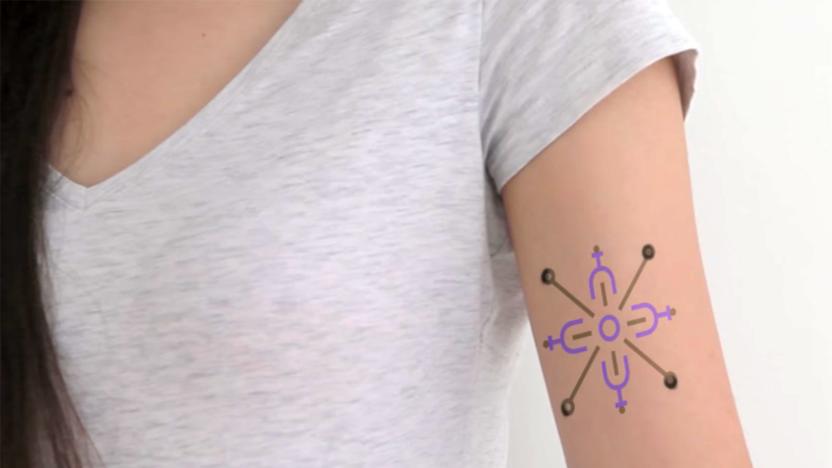
Smart tattoos turn your skin into a health tracker
There's a common problem with health-tracking devices like smartwatches: they're not really attached to you, which leaves you relying on a short-lived battery and a wireless connection. Even a self-powered patch has its limits. That's where Harvard and MIT think they can help: they've developed smart tattoos that effectively place health sensors in your skin, no power or wireless link required. The ink in the tattoos reacts to the chemical composition of your interstitial fluid, which reflects the state of your blood. A green ink grows more intense to let athletes know when they're dehydrated, while another green ink turns brown to warn diabetics when their glucose levels go up.
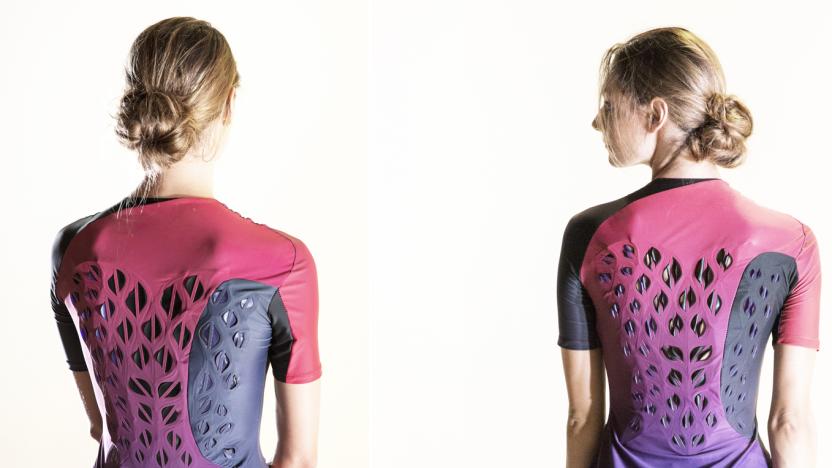
Bacteria open vents in this shirt when you sweat
Fashion and tech are teaming up yet again. Engineers at MIT have designed a workout suit that responds to your body heat, according to a study published last week in Science Advances. The clothing, made from latex, is covered with thumbnail- to finger-sized ventilating flaps that open and close depending on how much heat your body puts out. But what's controlling the flaps isn't something you'll find weaved into your usual workout gear -- it's bacteria.




